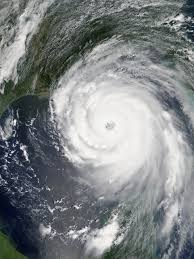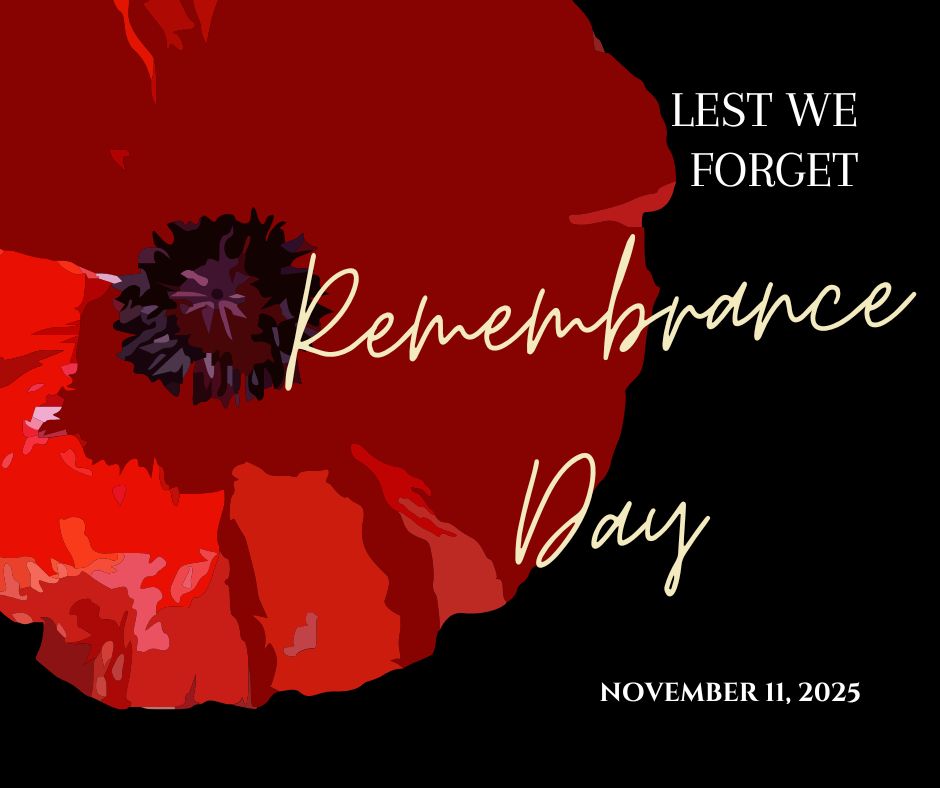
Introduction
Hurricane Katrina, which struck in August 2005, is remembered as one of the deadliest and most destructive hurricanes in US history. Its significance lies not only in the devastating impact it had on the Gulf Coast but also in the lessons it offered regarding disaster preparedness and response. Nearly two decades later, the memories of the destruction continue to influence policies and strategies in disaster management.
The Devastation of Hurricane Katrina
When Hurricane Katrina made landfall on August 29, 2005, it caused catastrophic damage, particularly to the city of New Orleans. The storm resulted in the failure of levees, leading to widespread flooding that inundated approximately 80% of the city. Reports indicate that over 1,800 lives were lost, with thousands more displaced from their homes. The economic impact was steep, with damages estimated to be around $125 billion, making it one of the costliest natural disasters in US history.
In addition to the immediate destruction, the societal implications of the storm were profound. Many residents, especially those from vulnerable communities, faced significant barriers to receiving aid. The slow and often inadequate response from federal and local agencies drew widespread criticism, highlighting systemic issues in emergency management.
Lessons Learned
In the wake of Hurricane Katrina, it became evident that infrastructure, resource allocation, and effective communication are crucial in disaster preparedness. The event prompted extensive reviews of emergency response protocols, leading to significant changes in policies at both state and federal levels. For example, the establishment of the National Emergency Management Agency (FEMA) was strengthened, focused on improving disaster preparedness and community resilience.
Furthermore, the role of community organisations and local stakeholders became increasingly recognised. They play a vital role in providing immediate support during crises and advocating for vulnerable populations. Preparedness training and resources have been made more accessible to communities, ensuring that individuals are more equipped to respond to emergencies.
Conclusion
Hurricane Katrina is a crucial case study in understanding the importance of disaster preparedness and the impact of governmental response. As climate change presents new challenges, the lessons learned from this tragedy remain relevant in contemporary discussions about resilience and preparedness. It serves as a reminder that while natural disasters may be inevitable, their impact can be mitigated through effective planning and community involvement. Continuing to reflect on the challenges faced during Hurricane Katrina can help inform strategies to protect lives and property in the future.
You may also like

Understanding the Impact of the Novi Sad Tragedy

When is Remembrance Day 2025 and Why It Matters
